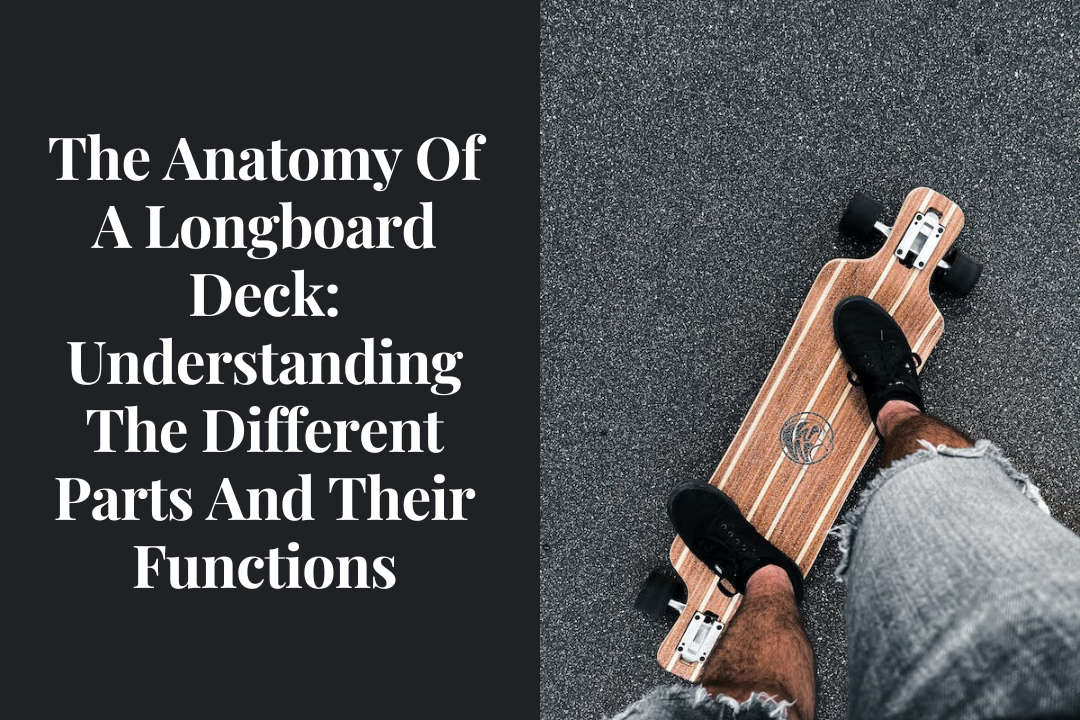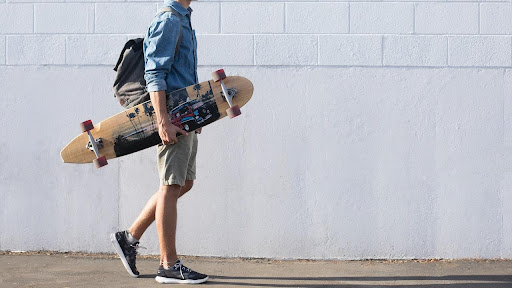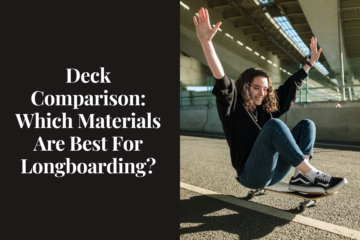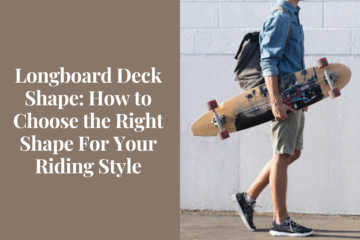The Anatomy Of A Longboard Deck: Understanding The Different Parts And Their Functions

Over the years, the craze for longboarding has turned immense amongst both adults and youths. You can easily spot someone longboarding on the street. But this simple-looking longboard has different parts too that you must know about. So, while choosing the best longboard deck, read the section below that discusses its different parts and functions of it. It will help you to understand your longboard better.
The Anatomy Of A Longboard Deck
There are three major parts to a longboard –
- The Deck
- Wheels and
- Trucks

- The Deck: It is the wooden platform on which the rider stands. It also connects the other parts of the longboard too. The deck of the longboards is a little different that the regular skateboards. It is much longer in length and has an asymmetric shape towards both ends. The concave shape of the deck makes it easy to lift on air.
A regular deck of a longboard has seven layers of Maplewood having a thickness of 1/16 inches. Over it, the grip tape is pasted to give grip to your feet while riding.
- Trucks: These are the central part of the longboards and are fixed on the deck using bolts. With the support of the trucks, the longboarder can glide or jump in the air too while longboarding. The truck is made out of steel which makes them very durable. It also has different baseplates to it as well. To make your flips easy to perform you can adjust the screws on the truck making them a little loose.
The truck has various other parts such as the hanger, baseplate, kingpin, axels, and bushings. The baseplate is a flat solid plate on the deck. The kingpin is a big head pin protruding from the baseplate. The hanger forms a T-shape and holds the most pressure of the longboard. It even holds the axis of the wheels too.
You will find bushings between the hanger and the base plate. These rubber cups control the pivot when you turn the longboard right and left. And then it is the axle that connects the wheels. There is also a riser between the baseplate and the deck. It absorbs the road shock and makes a smooth ride for the rider.
- Wheels: Longboards use uterine wheels. There are different diameters and hardness and softness to them. A rider chooses based on the type of road they are riding on. Soft and large wheels absorb road shock much better while small and hard wheels are good for parks and sidewalks.
With the help of axle nuts, the wheels remain intact while spinning. There are further washers and bearings too that give grip to the axel nut and keep it fixed. There are eight bearings that produce fiction while longboarding and help in gaining or bringing down the speed of the wheels.

I’m Tami Thompson, the founder of HIR Adventure, my team and I are passionate about outdoor adventure sports. We’re committed to offering you the finest skateboards, longboards, and snowboards.


